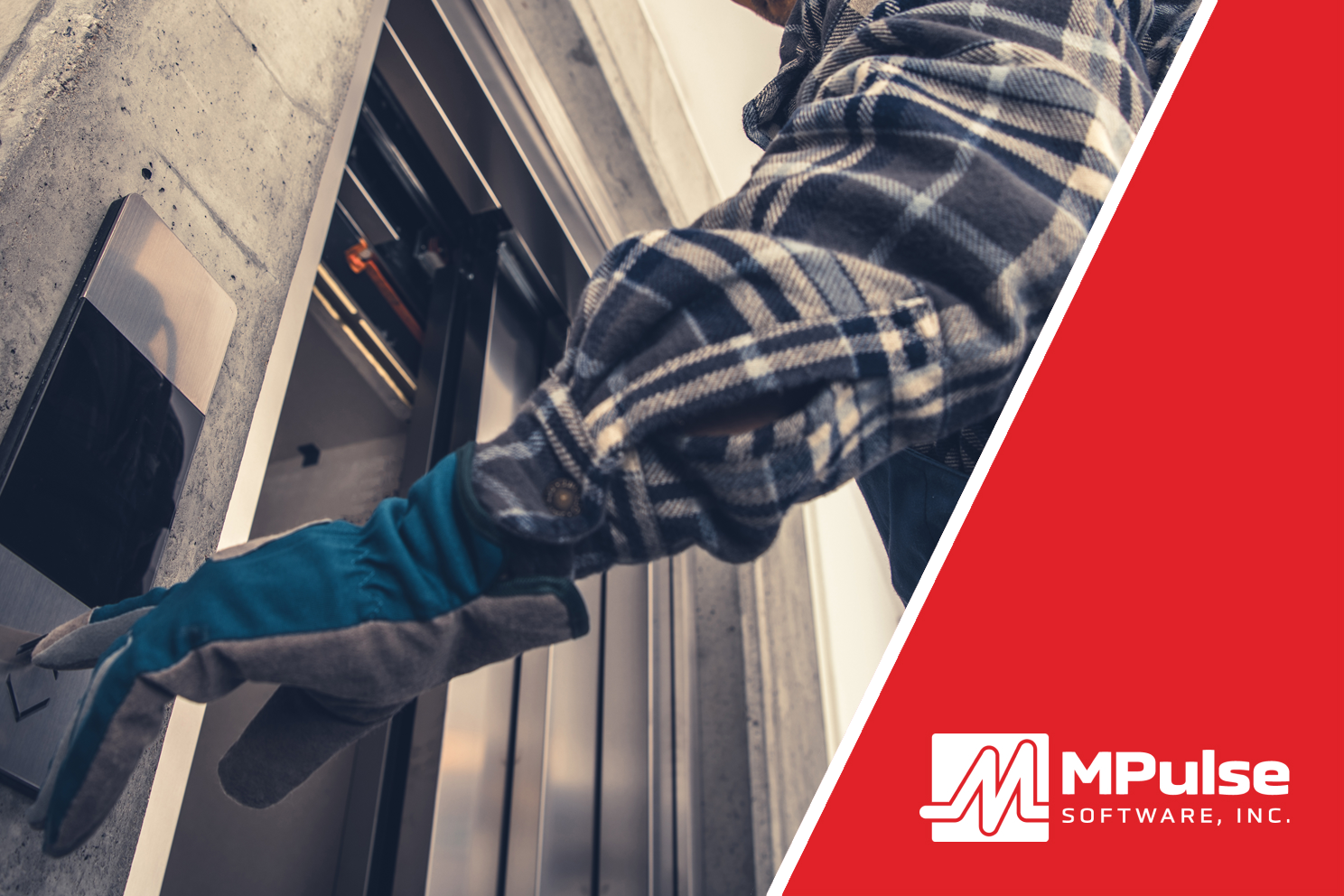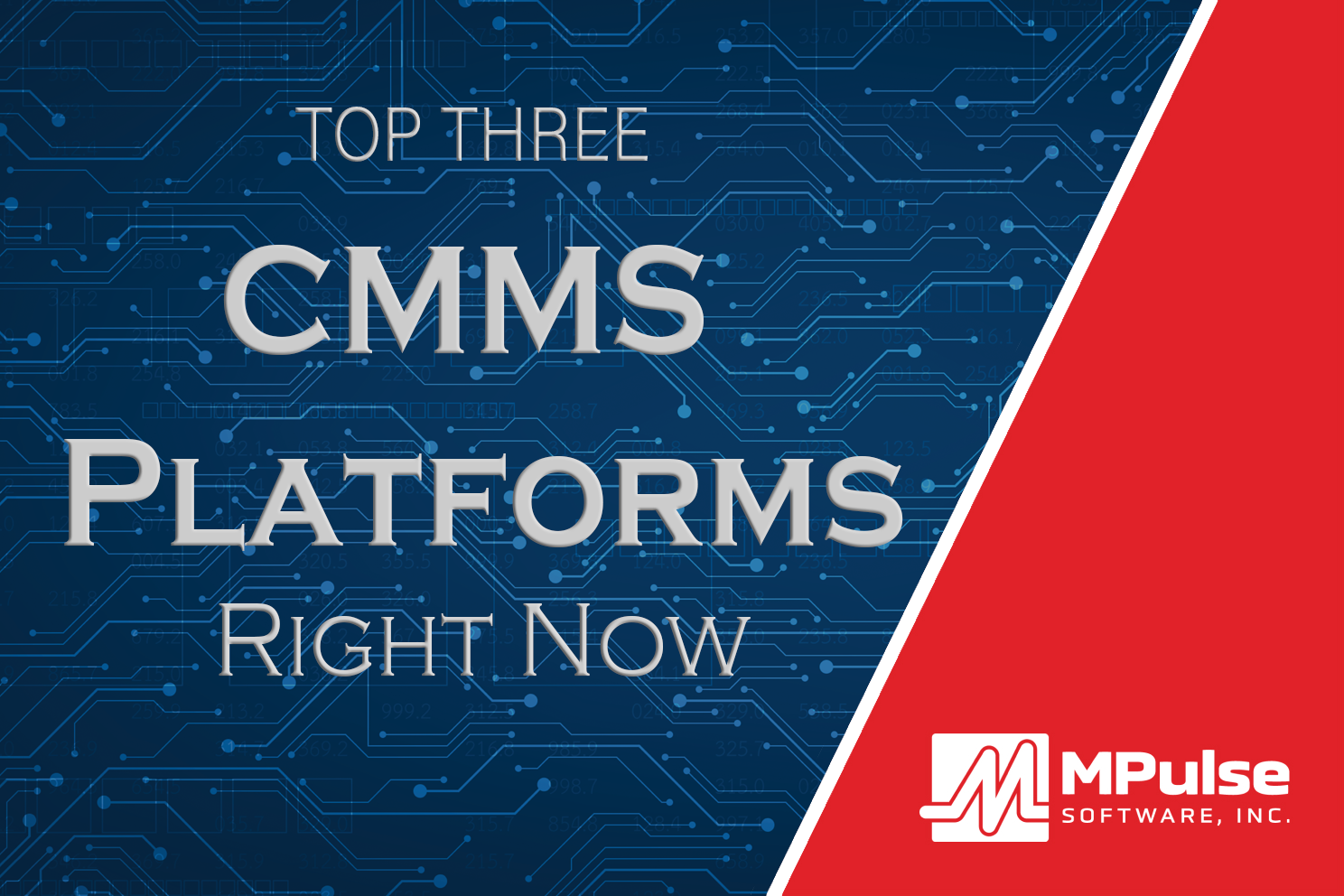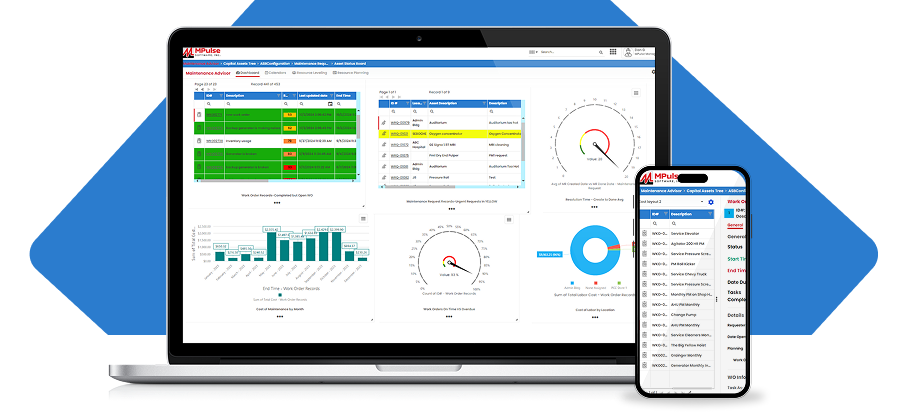Using best practices for scheduled maintenance can help keep your equipment running efficiently, minimize downtime, and extend the life of your assets.
Keeping your operations running smoothly requires more than just reacting to equipment failures. The most efficient organizations implement scheduled maintenance programs that proactively reduce downtime, prevent costly repairs, and extend asset lifespans. But building and managing such a program takes more than a calendar and sticky notes. It requires a robust CMMS.
A well-implemented CMMS streamlines, automates, and organizes scheduled maintenance tasks. But to unlock its full potential, you’ll need to follow best practices for scheduled maintenance. These proven strategies will help you create a system that is proactive, consistent, and scalable.
Table of Contents
Establishing a Solid Scheduled Maintenance Program with CMMS
Here are the top best practices for scheduled maintenance that will set your team up for long-term success:
Begin with a Comprehensive Asset Inventory
Before you can build a schedule, your CMMS must include a complete and accurate asset inventory. Document everything that requires routine maintenance: HVAC systems, production machinery, lighting, vehicles, plumbing, and more.
Include essential details like make, model, location, serial number, warranty status, service history, and manufacturer-recommended intervals. This foundational step is one of the core best practices for scheduled maintenance because it ensures your schedule is data-driven and comprehensive.
Pro tip: Tag critical or high-risk assets in your CMMS so you can prioritize them in your maintenance planning.
Define Maintenance Types and Scheduling Intervals
A solid maintenance program includes different types of scheduled tasks:
- Time-based (e.g., monthly inspections)
- Usage-based (e.g., every 500 machine hours)
- Condition-based (e.g., triggered by vibration or temperature sensors)
Work with technicians and equipment manuals to determine the right intervals for each asset. One of the best practices for scheduled maintenance is letting your CMMS automate task creation based on these parameters, ensuring timely and consistent service.
Automate Work Order Generation
Once your maintenance schedules are set, leverage your CMMS to automate work order creation and assignment. This eliminates the risk of forgotten tasks and standardizes operations across your team and locations.
Automation is a cornerstone of best practices for scheduled maintenance because it minimizes administrative overhead while increasing reliability and accountability.
Include Detailed Procedures and Checklists
Consistency is key to effective scheduled maintenance. Attach step-by-step instructions, safety protocols, diagrams, and checklists to each work order in your CMMS. This documentation ensures every technician performs the task correctly, regardless of experience or familiarity with the equipment.
Standardizing procedures is one of the most overlooked best practices for scheduled maintenance, but it’s essential for quality control, compliance, and training.
Optimize Labor and Resources
Proper scheduling isn’t just about timing, it’s about capacity. Use your CMMS to view technician availability, skill sets, certifications, and workload. Avoid overbooking or assigning tasks to unqualified staff.
Many CMMS platforms include tools to optimize scheduling based on your team’s availability and current workload, a tactic central to best practices for scheduled maintenance.
Track Performance Metrics and KPIs
Once your scheduled maintenance program is in place, monitor its performance. Use CMMS reporting tools to track KPIs such as:
- Planned vs. reactive maintenance ratio
- Mean Time Between Failures (MTBF)
- Mean Time to Repair (MTTR)
- Work order completion rate
- Schedule compliance
Analyzing these metrics will help you identify trends, spot weak points, and continuously improve your program. Regular performance reviews are one of the most important best practices for scheduled maintenance.
Keep Inventory in Sync with Maintenance Plans
Scheduled maintenance can grind to a halt if spare parts aren’t available. Use your CMMS to manage parts inventory—track usage, set minimum stock levels, and automate reorder alerts.
Aligning inventory management with your maintenance schedule is a critical best practice for scheduled maintenance that prevents delays and ensures work can proceed as planned.
Review and Adjust Schedules Regularly
Scheduled maintenance is not static. Equipment ages, workloads shift, and new technologies emerge. Your CMMS should help you evaluate data trends and technician feedback to refine your maintenance intervals and procedures.
Adopting a flexible, data-informed approach is one of the best practices for scheduled maintenance that keeps your program relevant and effective over time.
Train Your Team on CMMS Use
No matter how advanced your CMMS is, its success depends on the people using it. Make sure your team knows how to log work orders, follow checklists, and update asset records.
Ongoing training and support are among the most essential best practices for scheduled maintenance, ensuring consistency, compliance, and full utilization of your CMMS investment.
Enable Mobile Access for Technicians
Modern CMMS platforms often offer mobile apps that allow technicians to view schedules, complete work orders, and access documentation from the field. This mobility reduces delays, improves data entry, and keeps your maintenance team agile and responsive.
Mobile functionality isn’t just a convenience. It’s becoming one of the best practices for scheduled maintenance, especially for multisite or large-scale operations.
Why Best Practices for Scheduled Maintenance Matter
A well-designed scheduled maintenance program doesn’t just cut downtime. It creates a culture of proactive care, structured planning, and continuous improvement. Following these best practices for scheduled maintenance ensures your CMMS delivers measurable value in cost savings, asset longevity, team productivity, and operational efficiency.
Whether you’re building a new program or fine-tuning an existing one, CMMS and a smart strategy can transform how you maintain your facilities and equipment.
Ready to put these best practices into action? MPulse can help. Contact us to learn how a CMMS can take your scheduled maintenance to the next level.






